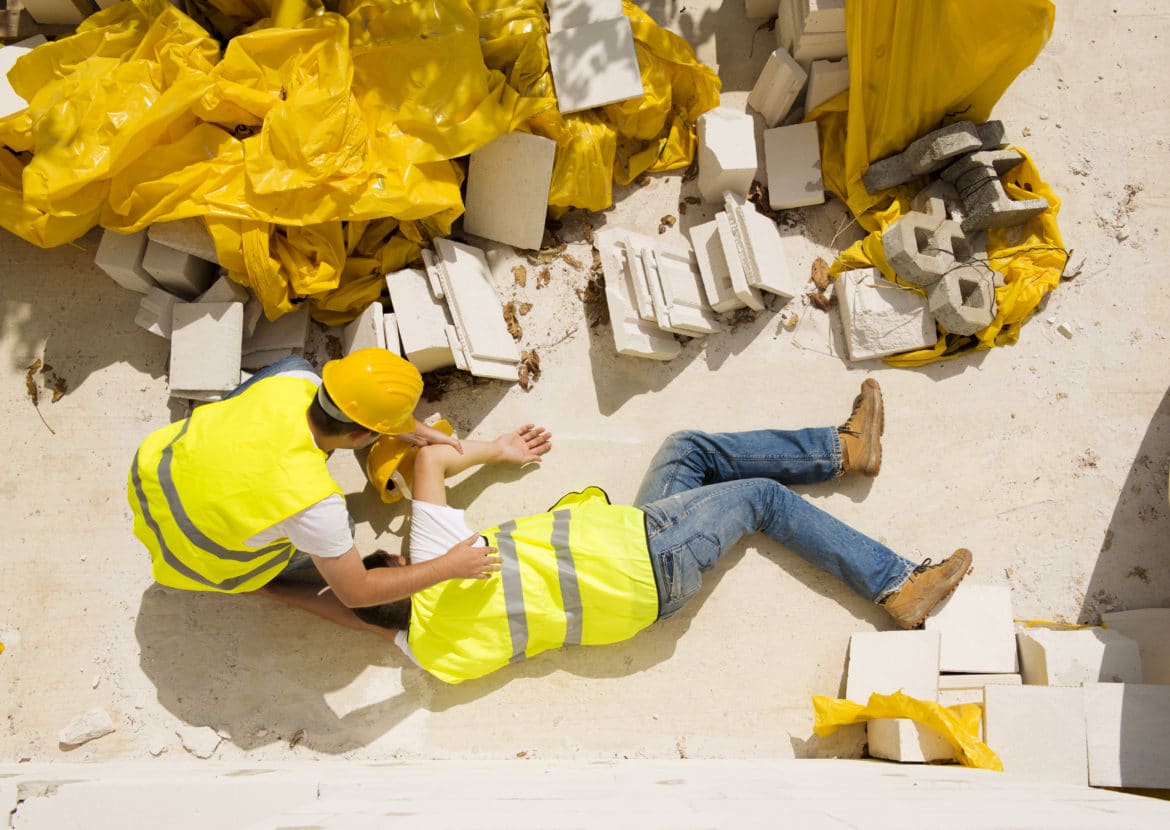Hearing the phrase ‘risk assessment’ tends to be met with a mixed response. Whether it’s an eye-roll from workers, or a sharp intake of breath from managers, a simple misunderstanding concerning the purpose and the form of a risk assessment that causes it to be a task embraced by Environmental Health and Safety managers alone.
Well, it doesn’t have to be that way. Here’s how to carry out a risk assessment efficiently – and correctly – for the benefit of your business. For more information on each of the following steps, visit a site like the Health and Safety Executive.
IMAGE: SHUTTERSTOCK
Identify Hazards
Start by walking around your workplace and considering the activities, processes or substances that could harm your workers. You should remember to look at long-term hazards to health (such as prolonged exposure to particular chemicals or noise levels), as well as more immediate hazards such as trailing cables. Be sure to check out manufacturers’ guides too – particularly if your business uses machinery – as these guides will often highlight hazards you might otherwise miss.
Decide Who Might Be Harmed (And How)
Next, consider the groups of people who may be harmed if you do not control a hazard. Don’t forget to consider workers who aren’t always on site (such as contractors or maintenance workers), and pay special attention to workers who may have particular requirements, such as pregnant women or workers who do not speak English as their first language.
Assess The Risks And Take Action
Next, you’re going to need to evaluate the risks you’ve identified. You’ll be doing this correctly if you’re able to produce a list of risks, each paired with a decision on how likely it is that harm will occur. If you can’t eliminate the risk altogether (which is perfectly possible – risk is an inherent part of life), think about what you can do to reduce the likelihood of the risk occurring.
Record Your Findings
Once you’ve identified the risks, it’s important that you don’t just record your findings in a spreadsheet or in a Word document. Instead, use good quality risk assessment software (the likes of which is available from somewhere like www.airsweb.com) as doing so will ensure that other employees in the business can access the information easily and efficiently. Good risk assessment software will also give you best practice templates to use for your risk assessments, as well as hazard and control trees and reporting functions.
Review Your Risk Assessment
Finally, you can only be sure you’re carrying out risk assessments correctly if you’re actually taking the time to review your most recent risk assessments. Workplaces rarely stay the same for long, so be sure to retrace your steps again in the near future to see if your assessments need updating.
So, now you know how to carry out a risk assessment correctly. But, to ensure that you don’t veer off track, read the following common mistakes that are often made when carrying out risk assessments. That way, you can take a proactive approach to ensuring you’re carrying out risk assessments to a high standard.
Don’t Forget To Rate The Severity Of Risks
Once you’ve identified the risks posed to your workers and the public, one of the biggest mistakes you can make is detailing the risks without ranking them in any sort of order. Use a scoring system (or perhaps a color code) so that you can easily identify the most serious risks – that way, you’ll be able to quickly spot and deal with risks that are very likely to occur and would have a major, permanent impact.
Don’t Forget To Make A Management Plan
Your risk assessment will undoubtedly show you areas of the business that need improvement in order to be safe. However, don’t make the mistake of not having a management plan in place – you need to appoint someone (or a team of people) who will be responsible for driving through corrective actions to ensure that your risk assessment has a practical, tangible benefit to those it concerns.
Don’t Forget To Consider How You Can Stay In Control
Finally, your risk assessment will have shown you where hazards lie, as well as highlighting the corrective actions that need to be taken. However, what you need to do now is ensure you have measures in place for staying in control. For example, if you’re preventing an incident from occurring by ensuring that machinery is currently operating properly, what might you need to do to ensure that it stays that way?
Those are just a handful of tips for ensuring your business is carrying out risk assessments correctly. Read official guidance from the Health and Safety Executive, and seek advice from specialist EHS managers who will be able to advise you further.
For more business-related articles and information from us here at Bit Rebels, click here!


COMMENTS